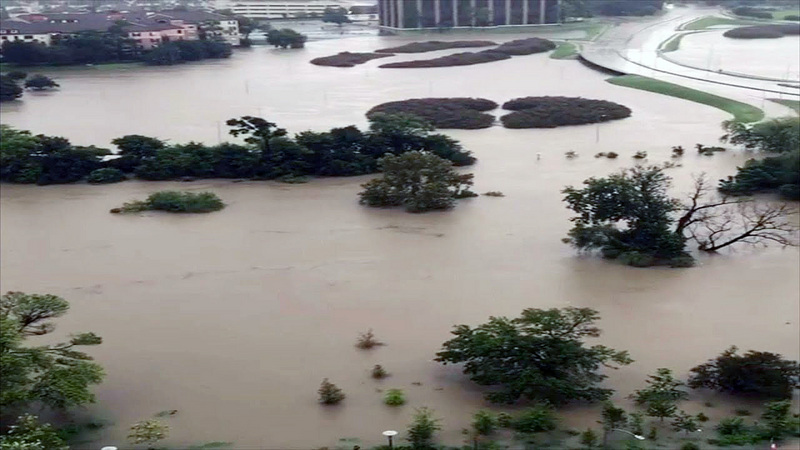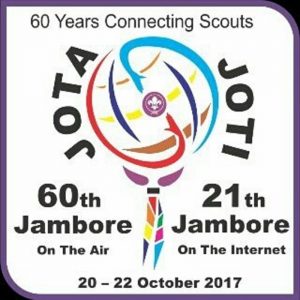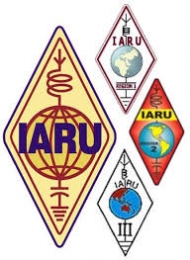
From the WIA, original post here.
Date : 31 / 08 / 2017
Author : Jim Linton – VK3PC
Hurricane Harvey began in the Caribbean, watched by the Emergency and Weather Net with radio amateurs activating 3.815 MHz, then it moved to the Gulf of Mexico and intensified into a Category 4 storm to come ashore in Texas. The weather system arrived with damaging winds in Texas, but also with heavy rain and the flood emergency continues – it has been likened to Hurricane Katrina of August 2005 but some say the disaster is much worse.
In preparation for landfall in Texas the Hurricane Watch Net activated on 14.325 MHz and 7.268 MHz, where radio amateurs shared their on-the-spot observations. The rescue and recovery work continues in Texas with responding authorities hard at work lifting thousands of people to safety.
ARRL South Texas Section Public Information Officer Mike Urich KA5CVH took to a news-talk radio station WGMD to describe the situation. He also took the time to explain how Amateur Radio is able to provide a public service during emergencies and disasters. Spending many hours in the Harris County Emergency Operations Centre, he reported that local radio amateurs were able to help the rescue and recovery work by spotting and reporting problems that require official attention.
The Amateur Radio Emergency Service (ARES) found that there had been minimal impact on communications infrastructure, although an Amateur Radio contingency was in place should there be a major communications outage. South Texas ARES remained on standby as the response phase continues and sheltering becomes a growing need. Also involved was the radio amateurs attached to the Red Cross and the Salvation Army.
It had been declared a state of disaster in 50 Texas counties, some 271,000 were without power, while the Red Cross shelters housed more than 3,000 people. There was also concern that Harvey may cause more damage and weather systems in the Gulf of Mexico are being closely watched.




